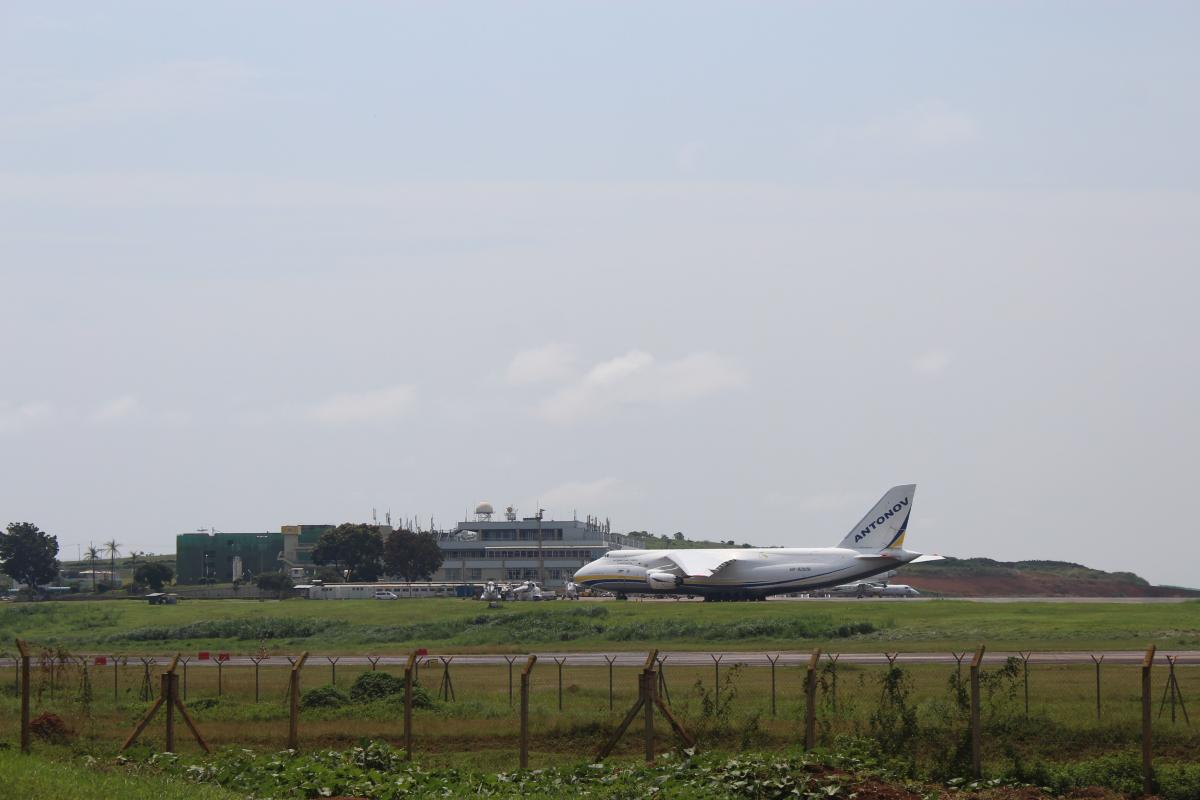Uganda National Meteorological Authority (UNMA) boosted by Aeronautical meteorology training
The department provides these services to both local and International flights that use Uganda’s air space with their main client being Civil Aviation Authority.Air transport safety, efficiency, and regularity while assessing environmental risks and protection, as well as extreme weather conditions are an agenda of the UNMA aeronautical department. So is supporting search and air rescue operations.
This is done by providing vital weather information during takeoff, mid-flight and landing of airplanes as well as during searches in both, marine and aviation accidents.
Now, if you have been to Entebbe International airport, you know that it hosts several aircraft from large cargo air buses, passenger jets and private air planes on a regular basis.
The department for so long needed to comply to the international aeronautical weather reporting standards (ISO 9001:2015) and the need to bridge this gap was identified during the Support to the Development of Human Resources project needs assessment exercise conducted in all beneficiary organizations, prompting a training in Aeronautical Meteorology.
You probably know that weather contributes to 90% of all air related accidents. This means that the aeronautical meteorology department of any given country will be the first suspect in any air related accident. The department therefore must be on their guard and meet International standards of weather reporting in the aviation industry.
This training came handy in awakening the officer’s minds to the fragility of the department they work in and how crucial it is that they report accurate weather readings.
The quality of weather reports developed by the department has since significantly improved.
“We used to take certain issues for granted such as temperature reading. From the training, we realized how important this is for pilots and now we are very vigilant while reading and reporting temperatures of any given area,” Peter Latiko, a forecast officer says.
They are now also extremely careful and accurate while reporting cloud cover. Peter intimates, “We ensure we check with the satellite cloud imagery being captured at that particular time to make sure it corresponds with what our readings say,” he adds.
Often time’s clouds can cause significant discomfort and even damage to an aircraft if not reported to the pilots accurately. As Joan Birungi, also a forecast officer confirms, “Cumulo nimbus clouds are a very dangerous cloud for air crafts. They are heavy with water and ice that can easily enter the plane engine hence causing the plane to burn a lot more fuel, turbulence and in worst cases even engine failure, etc.”
Teddy Tindamanyire, the UNMA director for Training and research is glad to mention how this training helped them structure better their department and she mentions, "We now have staff specializing in specific areas. We have observers, forecasters and reporters, each working only in a specific channel of weather communication”.
Yusuf Nsubuga, a forecast officer adds, “Before this training, we were doing general forecasting. Each of us would work in any department, ranging from the observatory, communications, and forecasting.”
“But now, each of us is specialized in a particular department paying close attention to the areas very vital to air craft smooth running in our air space,” he adds.
After this training, a competence assessment was carried out on the staff and James Nantulya the head of communications department mentions, “We are proud to say that this time round 64% of staff passed the assessment compared to the 38% the last time we had an assessment done.”
“Thank you Enabel for supporting us with this training.” He adds
The department has also earmarked visibility reference points as per the trainings action plans that had never been in place. These are GPS points’ that help a pilot know the distance for takeoff and landing.
Now the Entebbe International airport can operate like any other international airport with all the necessary support from the meteorology department.
Where do they see UNMA aeronautical meteorology in 10 years?
“We hope to have more competent specialized staff on the team. We also hope to re-tool. That will mean we can then meet an increased demand from clients as the Uganda International airport traffic is growing significantly over the years. Teddy mentions.
“We also hope to expand to other aerodromes in Uganda as now we only have weather forecasting at Entebbe and Soroti only.’’ She adds.
Latest news from this project
No news

